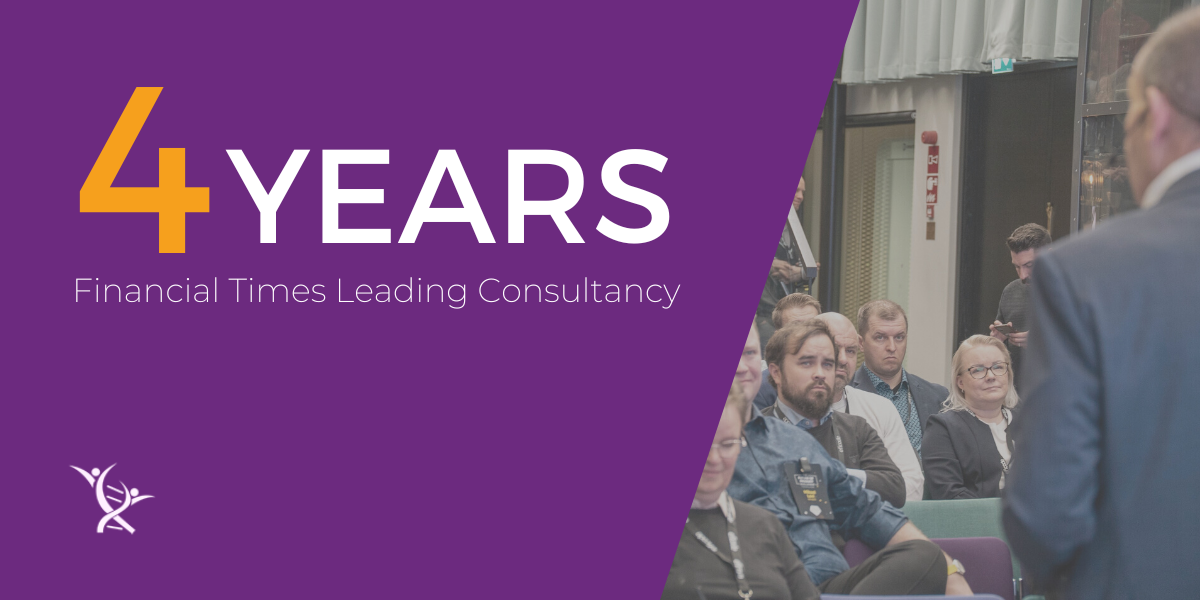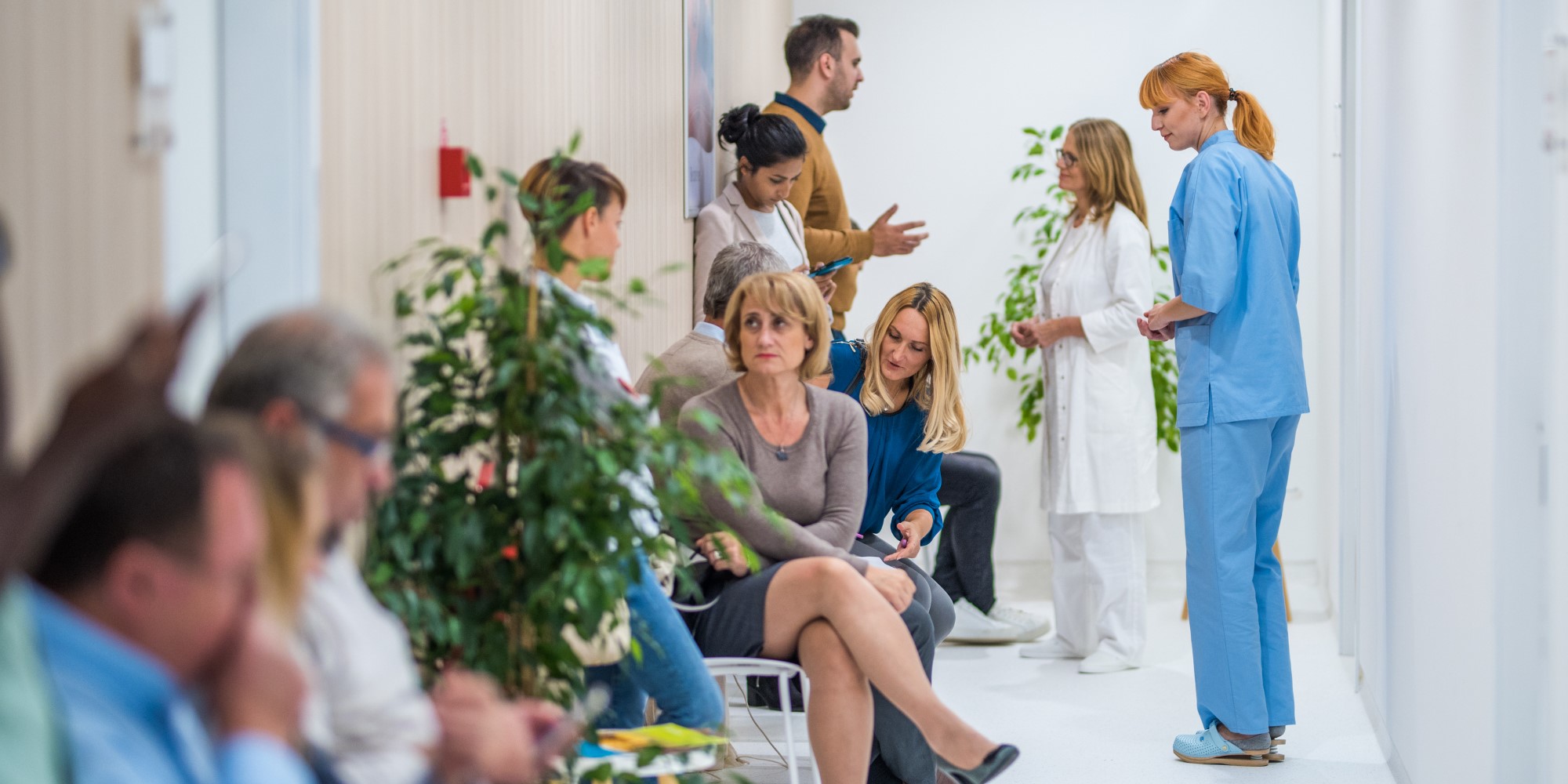Sometimes your customers have to wait. You would rather that wasn’t necessary, but it is reality. So, rather than ignoring this fact, I wanted to discuss how you can make waiting less terrible for your customers.
Waiting is not ideal. But given that customers are waiting, what strategies can you deploy to make that waiting feel less terrible?
Watch Colin talking about this on YouTube:
Subscribe to our YouTube channel here to see all the latest videos!
David Meister wrote a paper called “The Psychology of Waiting Lines.” It’s an old but good paper. Meister covers eight areas in this paper, and I thought we could look at each in turn.
Area #1: Occupied time feels shorter than unoccupied time.
The idea behind this first area is if you have customers waiting for 15 minutes, how can you make it not feel like 15 minutes? In short, you should distract them. For example, an airline’s waiting lounge plays the news. The dentist’s office has magazines.
These last two examples seem outdated today since most people will probably pull out their phones while waiting. So, perhaps it is more important that the airplane lounge and the dentist’s office have fast and easily accessible WIFI.
Phone queues at a call center are different than a waiting lounge. You can’t be on the phone while waiting for someone to pick you up. Of course, you can do it anyway, but only if you are willing to risk missing the moment the agent arrives to manage your issue. So, is there a way to distract customers from the fact that they are waiting? (Hint: telling them their call is important to you isn’t it.)
If you are stumped, my eldest daughter brought her two kids, who are six and three, over from the UK to see us in Sarasota, FL—which is not a short flight. She found a way to distract them, so time flew by. Maybe you could call her for some ideas.
Area #2: People want to get started.
Have you been on a plane recently? If you have, you will remember that before you got on the plane, you had a boarding procedure according to the zones assigned to the tickets. When they call your “zone,” you board the plane.
In my experience, when the flight crew announces they will begin the boarding process, everyone crowds up to the front regardless of their assigned zones. Sometimes, being a polite bloke, I am loathe to elbow my way to the front and find myself standing behind people that are two zones behind me.

Is everyone rude? Perhaps, but whether they are or not, they all want to get started. Even me, honestly. We all have an impulse that waiting is terrible, and even though we all KNOW we are going to wait some more once we get on the plane, we are ready to get started with more waiting. It’s irrational but true.
When designing your journeys, how will you use this concept when customers are waiting? Restaurants have managed it. They bring you a menu and take a drink order first. They might even bring out bread or chips. These are steps in the getting started part of a meal; it distracts you from the waiting while at the same time getting you started…for more waiting on ordering and then waiting on the food itself.
Uber helps you get started waiting, too. It shows you where your driver is and how far away they are. It signals that you have begun waiting and how long it will be until you no longer have to wait. This example is a nice segue to the next area, which is…
Area #3: Uncertain waits are longer than known waits.
Let’s imagine we have boarded that plane I spoke of before, backed away from the terminal, and taxied toward the runway. Depending on where you are and the time of day, you may spend a fair bit of time on the tarmac. However, the pilot will often inform you of how many planes are in front of you to take off. Knowing you are 12th in line isn’t the best news, but it is at least news. This known wait feels better than wondering what in the bloody hell is going on up there anyway!
Disney realizes this helps, too. Their theme parks often have signs that tell you, “From this point, the average wait time is XX minutes.” This benchmark gives people a sense of expectation instead of an endless snaking line that could end in 15 minutes or two tedious, hot, and sweaty hours.
Area #4: Anxiety makes waits seem longer.
When people are already stressed, waiting can be the absolute worst. For example, if you have a tight connection at a large airport, you might feel anxious about missing your connecting flight. Therefore, as soon as the plane makes the “ding, ding” that indicates you have arrived at the gate and will soon be leaving the aircraft, everyone jumps up. Not everyone has a connection, mind you, but the people that do are incredibly enthusiastic about standing up and getting that carry-on luggage ready to go.
People that call into their health insurance are stressed, too. These calls are dripping with stress. Maybe it’s a serious diagnosis; perhaps it’s a massive bill the person just received and wasn’t expecting. Whatever inspired the call, the reason is almost always stressful. Waiting a long, undefined time to talk to one of the call center agents will likely not bring out their best once customers speak to someone.
So, what can you do to help alleviate that anxiety? On the plane, they sometimes give the passengers with connections priority for deboarding the plane, asking everyone else to step aside and let them go. With call centers, telling the people how many calls are before them or where they are in the queue might help (see area #3), so customers know they will get to talk to someone soon.
Area #5: Unexplained waits are longer than explained waits.
As you can see from the past few areas, these are related. Waits that are either interminable (Area #3) or unexpected (Area #5) can create anxiety (Area #4). So, like I say a lot, it’s often more than one thing that causes customer behavior. Moreover, in all of these areas, communication is critical.
For example, my Apple Maps navigation will tell me when an accident is ahead, and then either a way to divert course or that I “am still on the fastest route.” I appreciate that feature because I find it incredibly frustrating when speeding along the interstate only to get stopped suddenly in traffic. I find it better to know why I am stopped and waiting to go. When I don’t know why or how long it will last, I want to throw all my toys out of the pram.
Speaking of prams, kids have no concept of time. Therefore, every wait for them is unexplained (and uncertain). It’s helpful to explain that “we are just two episodes of [favorite YouTuber’s feed here] before we get there” to help children apply the concept of time in measurements with which they are familiar.
(The same goes for adults, by the way, but perhaps give the wait to them in terms of Netflix episodes instead…)
Area #6: Unfair waits are longer than equitable waits.
We are hardwired for perceptions of fairness. Deeply rooted, this perception comes out early in childhood development. So, whenever perceptions of unfairness play into the waiting, everything worsens.
If people feel like they’re being mistreated, the wait times will be more destructive to your experience. If someone gets to skip the line because they paid for the privilege, people that didn’t pay (or couldn’t) feel the wait is more painful than it was before. As you’re designing your experience, consider how you can mitigate these instances.
Area #7: The more valuable the service, the longer the customer will wait.
This area is a bit self-explanatory. People will wait longer and feel more at peace when they feel the product or service is worth the wait.
However, commoditized areas do not enjoy this same perk. (Incidentally, if you are in a commoditized service and offer very little value that differentiates your experience from the competition, you probably need to go back to the first issue of my NL and start reading again from there. ) People are less likely to be okay with waiting for something they could get elsewhere without a wait.
So, as you design your experience and discover an unavoidable wait, can you emphasize to customers why it was worth it to them? (And if you can’t, I would suggest you start by creating a reason that you can then begin emphasizing.)

Area #8: Solo waits feel longer than group waits.
Groups tend to be more distracting than waiting by yourself. Plus, it’s more enjoyable.
There is also a fairness component to it. If you feel like you are the only one waiting instead of waiting in a group, you might feel a sense of injustice.
Now, sometimes this group-wait mentality backfires. If someone starts complaining that this is taking a long time, and everyone else agrees and piles on, it can get away from the organization quickly.
Angry, impatient mob notwithstanding, when designing customer experience, encouraging people to wait in groups, particularly with friends, is still a good idea.
There you have it. Meister’s eight areas that make waiting worse for customers. As you design the experience, remember that these things play into the customers’ perceptions of yours and determine how you can manage these issues. Fail to, and you might discover that your customers can’t wait to try the competition instead.

We can help improve your Customer Experience and Marketing and gain growth. Beyond Philosophy has been recognized by the Financial Times as the leading management consultancy for four years. Why not talk with Colin and his team about how we can help you gain growth? Click here.


